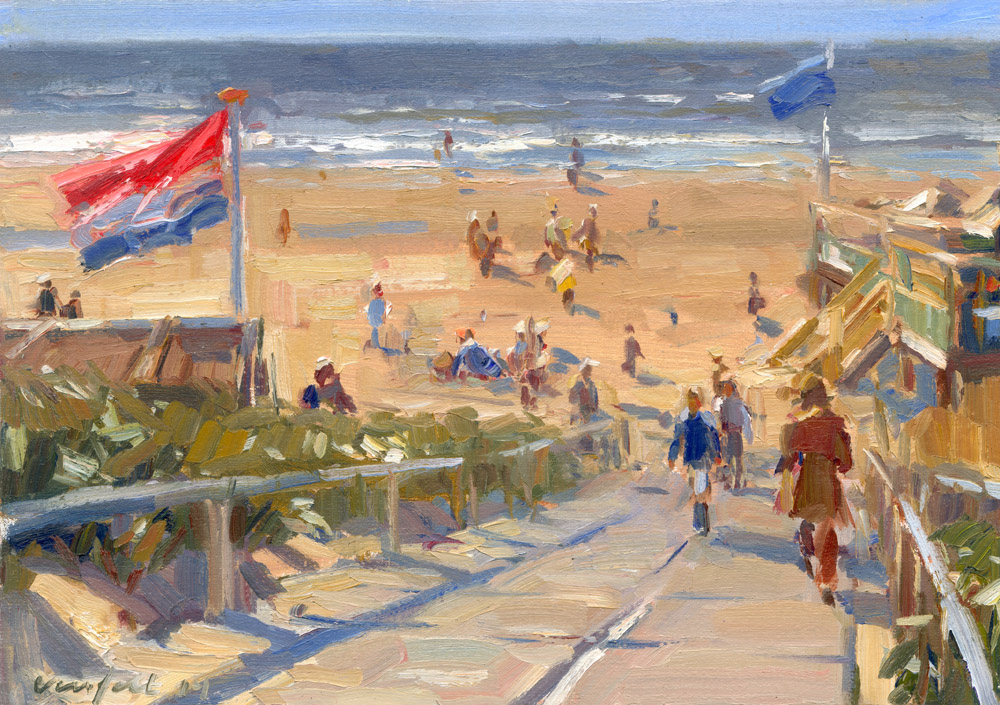Elise Daimler
(Stuttgart June 13th 1875-1956 Stuttgart)
(Stuttgart June 13th 1875-1956 Stuttgart)
German painter and printmaker.
Dresslers Kunsthandbuch 1930: M.: Ge. (“Malerin, Gewerblerin”, painter and arts and crafts artist), Reinsburgerstrasse 10.
Note: Gottlieb Daimler (Däumler) (1834-1900) automobile pioneer and founding father of the Daimler-Benz (Mercedes) Motor Company originated from the nearby village of Schorndorf. There may be a (although not direct) family relation, Gottlieb had three brothers: Johannes (1832), Karl-Wilhelm (1840), and Christian-Albert (1845).
She was a contemporary to Stuttgart painter Helene Wagner (1878-1956).
Note: Gottlieb Daimler (Däumler) (1834-1900) automobile pioneer and founding father of the Daimler-Benz (Mercedes) Motor Company originated from the nearby village of Schorndorf. There may be a (although not direct) family relation, Gottlieb had three brothers: Johannes (1832), Karl-Wilhelm (1840), and Christian-Albert (1845).
She was a contemporary to Stuttgart painter Helene Wagner (1878-1956).
I was pleasantly surprised recently finding a woodblock print "Föhren" (Sea pines) in a local car boot created by a German woman printmaker who was completely new to me. So here's what I was able to find out researching a bit.
The most interesting painting, to me, by Elise Daimler is this 1912 painting showing the Dutch village of “Bergen aan Zee”.
Following the year (1912) on the painting I'm convinced she was in the company of her teacher Landenberger (and/or his class) visiting the Dutch coast. It is recorded Landenberger travelled to the Dutch coast that same year. Their company, traveling from Amsterdam no doubt, will have embarked at this platform in Bergen.
And probably stayed in Hotel "Prins Maurits", the first Hotel to be build in Bergen.
Although much has changed there will be little difference in the enjoyment of Bergen beach life in summer, today or a century ago. This painting by contemporary artist Hans Versfelt (b.1968) shows the path from the Dunes. Nothing much has changed there over a 100 years.
Elise's teacher Landenberger is an interesting figure (see his short biography below), an impressionist painter, professor in Stuttgart Academy and an advocate of "plein-air" painting ("Freilicht-malerei", outdoor painting). He'd become quite known in his time, awarded and famous for his many paintings of bathing nude boys.
The "Badende Knaben" theme probably "invented" by Max Liebermann (1847-1934) a decade or two before. Liebermann was a frequent visitor of the Dutch North Sea coast and came often from Berlin to paint. Like his colleague Lovis Corinth (1858-1925) and many others
And from the "Sammlung Elise Daimler" (probably from her personal estate) comes this "Pierette" by Stuttgart fellow artist Clara Rettich (1860-1927). The intriguing look in the eyes of the beautiful sitter (is it a portrait of Elise ?) is astonishing. And what its the meaning of the clowns costume ? Leaving the painting untitled, undated and unsigned is puzzling and maybe suggesting a very close personal link. To my knowledge both women never married.
Clara Rettich proved also to be an interesting yet obscured artist. Born in New-York she studied and lived in Stuttgart (I have no idea why she chose Stuttgart and not Munich, Paris or Berlin). She was asked by antroposophist Rudolf Steiner to paint some of his esoterical designs (the s.c. "apocalyptic seals") in oil. And she is known to have worked in needle-work also.
If you happen to stumble over this posting: please send me further biographical, artistical and genealogical (Stuttgart/Schorndorf Daimler family)
----------------------------

Christian Adam Landenberger
(Ebingen 07-04-1862 – 13-02-1927 Stuttgart)
(self-portrait)
(Ebingen 07-04-1862 – 13-02-1927 Stuttgart)
(self-portrait)
Impressionist painter and professor, who was appointed in 1905 in Stuttgart “Kunstakademie” after a gold award winning "Badende Buben" (nude bathing boys). Studied from 1879 at Stuttgart “Kunstschule” with Jacob Grünenwald (1821-1896) and Carl von Häberlin (1832-1911) and in Munich “Kunstakademie” 1883-1887 with Frans (von) Defregger (1835-1921). Founding member of the Munich Secession exhibiting regularly from 1916. In 1895 he established a private painting school and teaches 1899-1905 at Munich of the “Münchner Künstlerinnenvereins Damen-akademie”. He is an advocate of outdoor painting (“Freilichtmalerei”). Travels to the Donau, Black Forest, Bodensee (Sw.), Norway, the isle of Sylt and the Dutch coast (see his student Elise Daimler). He is known of his series of bathing boys (“badende Knaben”) created between 1893-1915. Helene Wagner (1878-1956) a Stuttgart painter had also been his student in Munich.
Rettich, Clara (Klara)
(New-York 19-10-1860 – 19-05-1916 Stuttgart)
Portrait,
animal and flower painter but also worked in other media. Student of impressionist painter, illustrator,
lithographer and Stuttgart “Kunstakademie”
director (1902-1912) Robert von Haug
(Stuttgart 1857-1922). She was involved in executing in oil the designs created
by antroposophist Rudolf Steiner
(1861-1925), the so-called Apocalyptic Seals in 1907.
Dresslers KHB
1921: Stuttgart Ostheim, Atelier: Rotenburgerstrase 2.
All pictures borrowed from the Internet for friendly, educational and non commercial use only.












I can't speak as to what meaning Rettich had for the clown costume, but Pierrot and Pierrette costumes were popular choices for costume balls, particularly those by attended by the Bright Young Things in the Roaring Twenties.
ReplyDelete